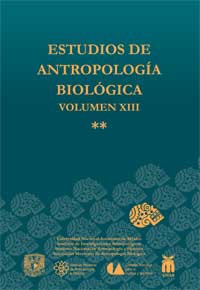El índice cintura-cadera y el índice de masa corporal como elementos sensibles a variaciones ecológicas en las valoraciones de atracción del sexo femenino
DOI:
https://doi.org/10.22201/iia.14055066p.2007.26447Keywords:
female attractiveness, waist-to-hip ratio, body mass index, socioeconomic statusAbstract
Human physical attraction has been revisited from an evolutionary standpoint. Singh proposed that a low waist-to-hip ratio (WHR) (gynoid distribution of body fat) among women should be preferred by men independently of their cultural background because it accurately signals good health and reproductive potential. There is evidence of this universal preference for a low (0.7) WHR and a normal body mass index (BMI), with the exception of those displayed by men among some “traditional” societies whose preferences are different (high WHR and BMI: 0.9 and overweight). Given that both indexes show a very high ecosensitivity we propose that they vary in accordance to the frequency in which those variants are perceived. Method: 219 students between ages 17-34, attending three universities in the city of Mérida, Yucatán, rated the attractiveness of the 12 figures present in Singh´s instrument. Results: A significant relationship (p<0.05) between the perceived attractiveness of the low and high weight figures and the socioeconomic status of student was found.
Downloads
Downloads
How to Cite
Issue
Section
License

http://creativecommons.org/licenses/by-nc-nd/4.0/


